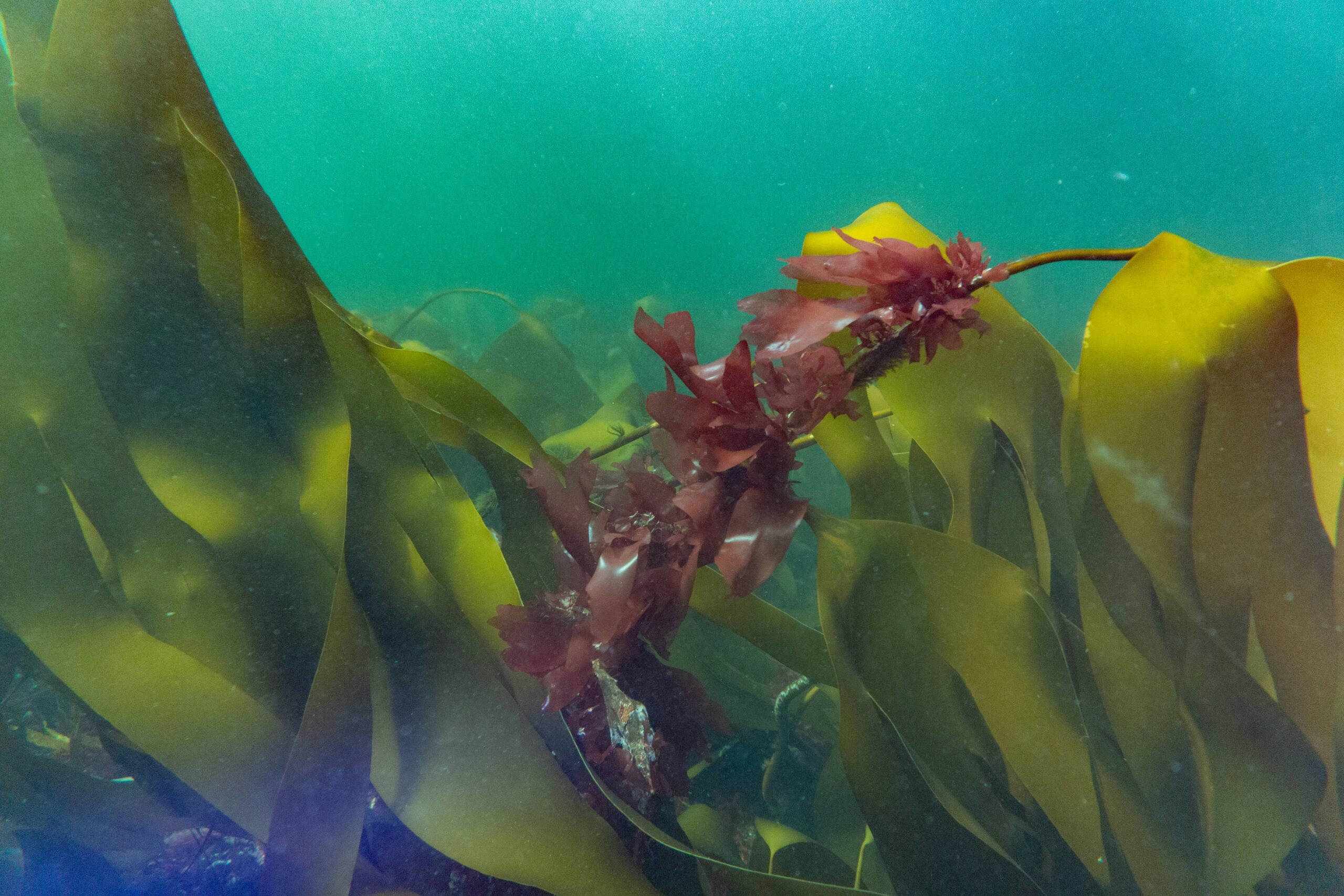Photo by Stepan Ivanov
A new study using baited underwater cameras has revealed the richness of marine life around the Isles of Scilly, highlighting the benefits of strong protection and well-managed fisheries.
The University of Exeter, working with the Isles of Scilly Inshore Fisheries and Conservation Authority and Natural England, found “vibrant marine life” including sharks, lobsters, octopuses and bluefin tuna — a species that had largely disappeared from UK waters due to overfishing.
Dr Owen Exeter, from the university’s Centre of Ecology and Conservation, said the “richness and variety of marine life” around the islands was “wonderful to see”. He added: “Our cameras recorded nearly 12,000 individual animals, from 64 species, including large populations of commercially targeted species such as lobsters and small sharks. We also saw bluefin tuna, which have recently returned to UK waters after largely disappearing due to overfishing.”
A near-natural ecosystem
Researchers described the Isles of Scilly as one of the UK’s most “near-natural” marine environments. Unlike many other coastal areas, the islands’ waters have been spared destructive practices such as bottom trawling. With a small human population and relatively low levels of exploitation, the ecosystems have remained in comparatively good condition.
“These waters haven’t recovered from severe damage – they’ve remained in comparatively good condition,” Dr Exeter explained. “By studying ecosystems like this, we can start to understand what a healthy UK marine environment should look like. This gives us a crucial reference point as we work to restore degraded areas elsewhere.”
A tool for monitoring MPAs
The team also emphasised the value of low-cost cameras for monitoring Marine Protected Areas (MPAs). Dr Kristian Metcalfe, associate professor in marine conservation science at the University of Exeter, said: “These camera systems allow us to track changes in species diversity and abundance over time, giving us vital evidence on whether conservation measures are working. They’re non-destructive, relatively inexpensive, and scalable — making them a great option for regular biodiversity assessments across large areas of our coastal seas.”
By offering a window into what thriving marine ecosystems look like, the Isles of Scilly study not only provides hope but also a benchmark for restoration efforts elsewhere in the UK.
